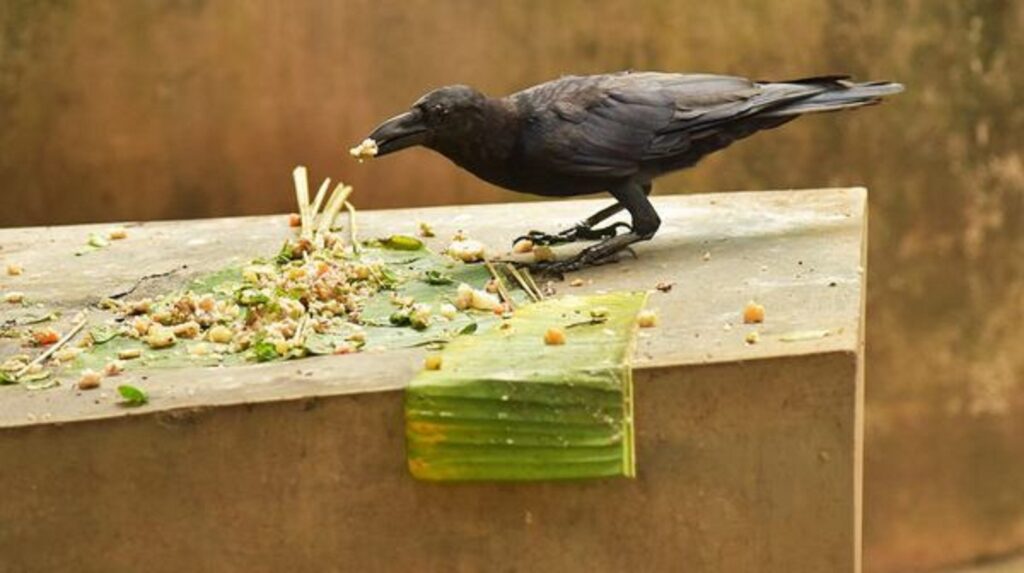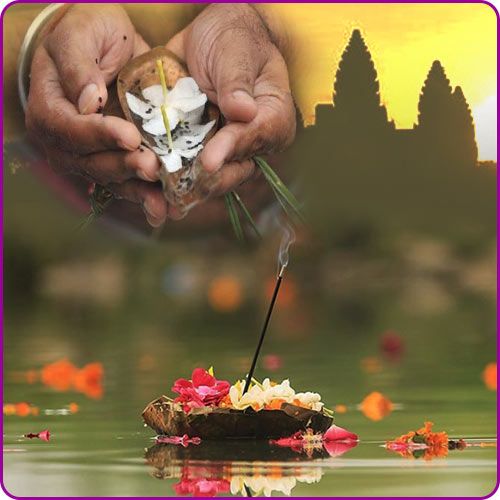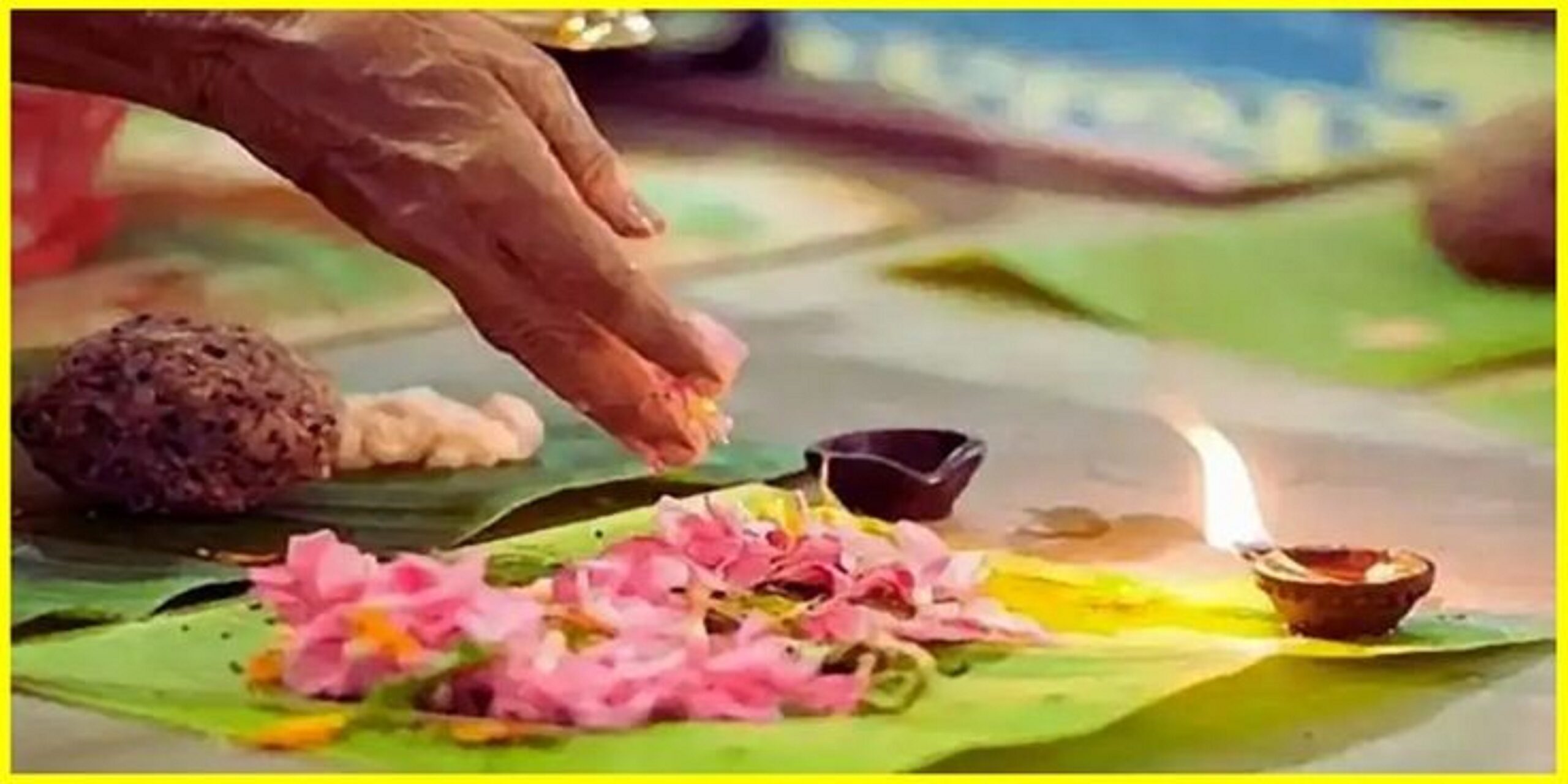Ensuring a Dignified and Respectful Farewell for Your Loved Ones
The Ritual of Shraddha: Honoring Ancestors in Hindu Tradition
Shraddha is a sacred Hindu ritual performed to honor and appease deceased ancestors. It is a vital part of Hindu tradition, deeply rooted in the belief that it provides peace and spiritual nourishment to the departed souls. The term “Shraddha” comes from the Sanskrit word meaning faith or devotion, underscoring the reverence involved in this ritual.

Purpose and Significance of Shraddha
The primary purpose of Shraddha is to express gratitude to one’s ancestors and ensure their well-being in the afterlife. According to Hindu beliefs, after death, the soul enters Pitru Loka, the realm of ancestors. Through the ritual of Shraddha, offerings of food and water, known as “pindas,” are made to satisfy the spiritual hunger and thirst of the ancestors.
This ritual is not just an act of remembrance; it is a means to seek blessings from the ancestors. It is believed that when ancestors are pleased, they bless their descendants with prosperity, health, and happiness. Therefore, performing Shraddha is considered a crucial duty, ensuring that the lineage flourishes under the protective grace of the ancestors.
When and Where is Shraddha Performed?
Shraddha is traditionally performed during the Pitru Paksha, a 16-day lunar period dedicated to honoring ancestors. This period usually occurs in the Hindu month of Bhadrapada (September-October). Each day of Pitru Paksha is dedicated to specific ancestors based on their time of death.
While the ritual can be performed at home, many choose to conduct it at temples or sacred sites like Gaya, Varanasi, or Rameswaram, which are renowned for their spiritual significance. Performing at these holy places is believed to bring immense spiritual benefits, ensuring that the ancestors attain moksha, or liberation from the cycle of rebirth.

How to Perform the Shraddha Ritual
The ritual involves several steps that must be performed with deep devotion and purity:
Purification:
The person performing the ritual, typically the eldest son, begins by taking a bath and wearing clean clothes.
Invocation:
Ancestors are invoked and invited to partake in the offerings.
Offering Pindas:
Pindas, made of rice, sesame seeds, and barley, are offered to the ancestors while chanting sacred mantras. Each pinda symbolizes the physical body of the ancestors, and offering them is believed to nourish their souls.
Charity:
The ritual concludes with the offering of food to Brahmins, who are considered the earthly representatives of the ancestors. This act of charity is essential to complete the Shraddha and ensure the ancestors’ satisfaction.
The Spiritual and Social Impact
Shraddha is more than a personal ritual; it has a profound social and spiritual impact. By performing Shraddha, families strengthen their bond with their ancestors, ensuring that their legacy is honored and remembered. The ritual also serves as a reminder of the impermanence of life, encouraging individuals to live virtuously and fulfill their duties toward family and society.
Additionally, Shraddha fosters a sense of community among Hindus, as the ritual is often performed collectively, with families gathering at sacred sites. This collective observance reinforces shared beliefs and traditions, helping preserve the cultural heritage of Hinduism.
Conclusion: The Everlasting Importance
The ritual is a deeply significant practice in Hinduism, connecting the living with their ancestors in a bond of faith and devotion. Through this ritual, Hindus express their gratitude, seek blessings, and ensure the spiritual well-being of their ancestors. The practice of rituals, rooted in ancient tradition, continues to be a vital aspect of Hindu culture, reflecting the enduring respect for those who came before us.


